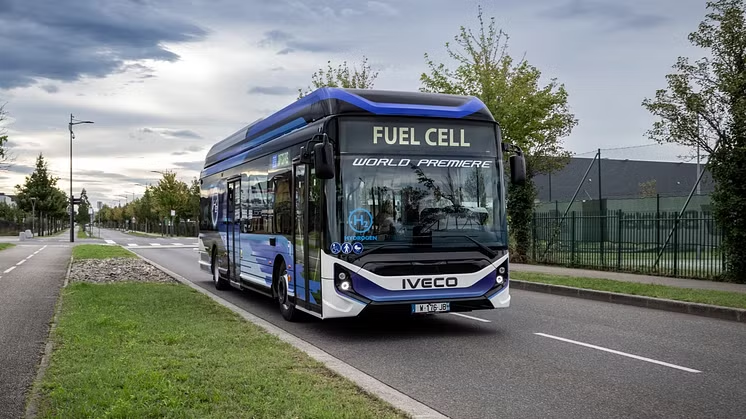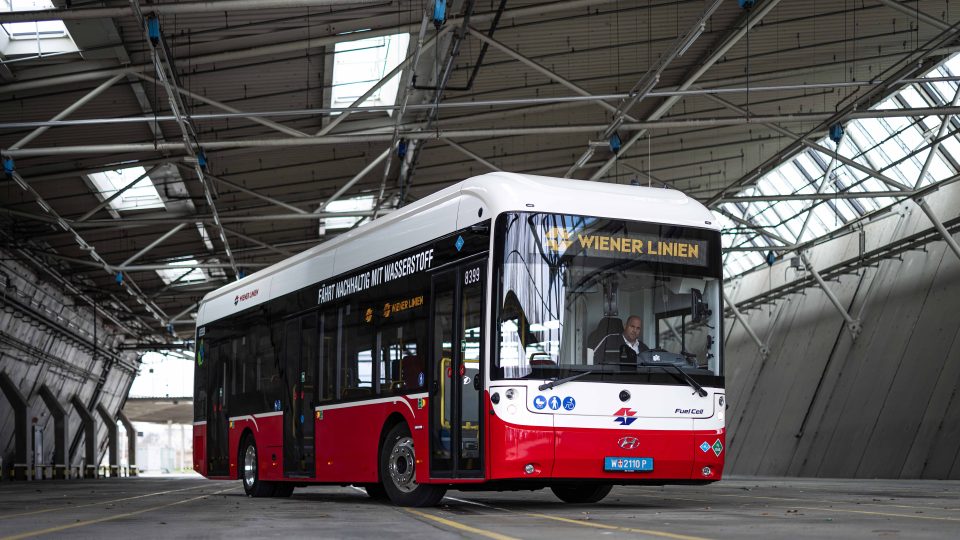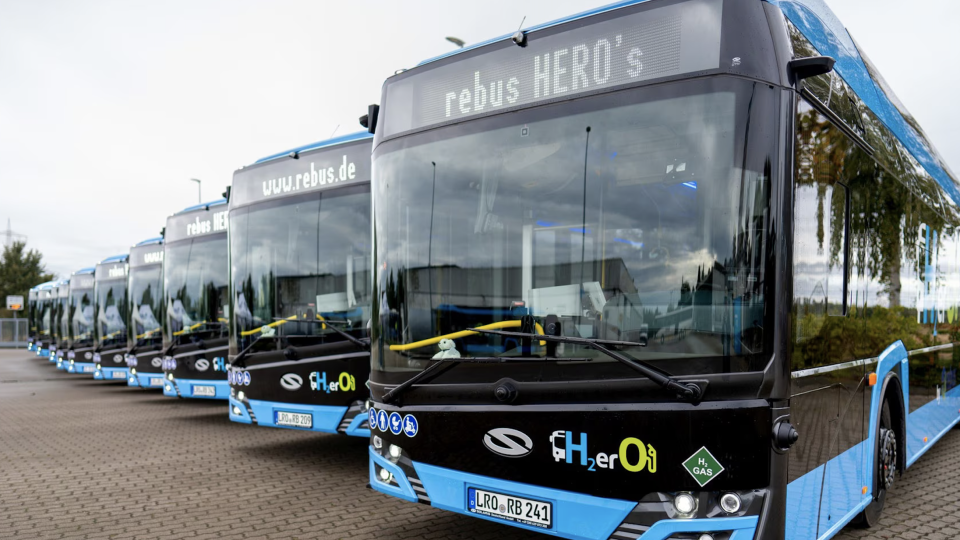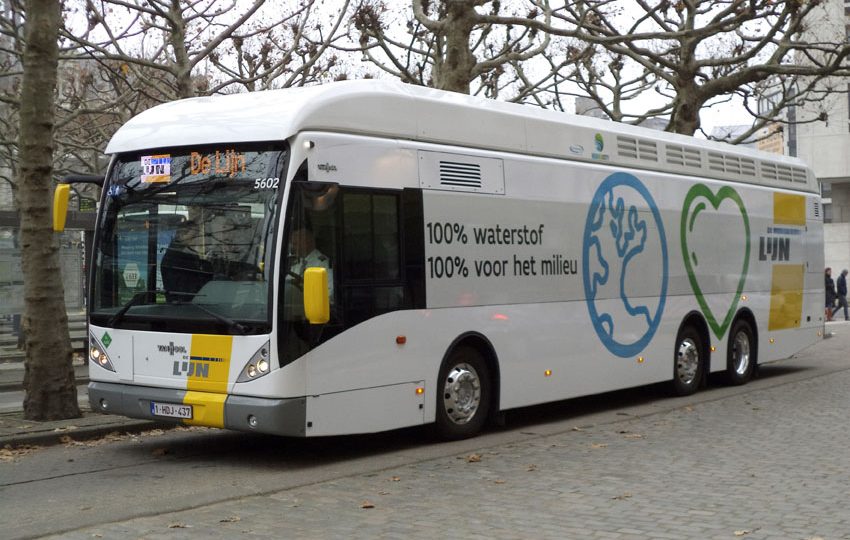Fuel cell bus registrations in Europe up 82% in 2024, still under 5% of ZE bus market
378 fuel cell buses were registered all around Europe in 2024, growing +82% on 2023. with Solaris achieving a 65% market share thanks to the 245 units delivered last year. Top market? Germany. Figures are coming from national statistics bodies, elaborated by DVV and reported on German trade media omnibus.news. If we consider the zero […]
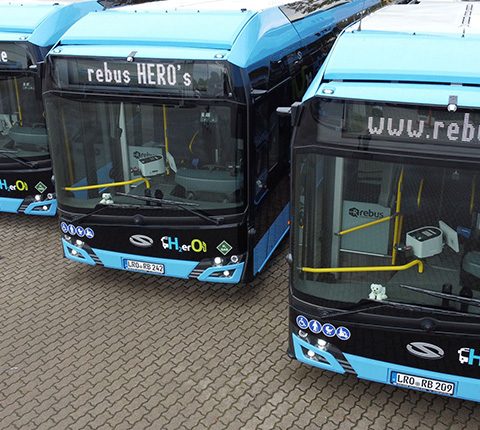
378 fuel cell buses were registered all around Europe in 2024, growing +82% on 2023. with Solaris achieving a 65% market share thanks to the 245 units delivered last year. Top market? Germany. Figures are coming from national statistics bodies, elaborated by DVV and reported on German trade media omnibus.news.
If we consider the zero emission bus market in the continent (then considering also battery-powered electric buses), hydrogen buses cover just 4.6 of that market, with BEV buses covering the remaining 95%.
| Year | Fuel cell buses over 8 ton registered in Europe |
| 2024 | 378 (+82%) |
| 2023 | 207 |
| 2022 | 99 |
| 2021 | 158 |
Fuel cell bus market in Europe 2024, Solaris leads
Polish Solaris significantly outpaced competitors Wrightbus (54 units, 14% market share) and Caetano (31 units, 8.2% market share). It should be noted that the same Solaris, when look at battery-electric buses, experienced a sharp 36.6% decrease in registrations, falling from 725 in 2023 to just 460 in 2024.
From 2012 until the end of 2024, 955 hydrogen buses over 8 tons had been registered across Europe, according to the reporting. The long-term analysis of hydrogen bus registrations over the past 12 years further solidifies Solaris’ leadership. Since 2012, Solaris has registered 425 hydrogen buses over 8 tons, capturing a 44.5% market share. Wrightbus follows with 151 units (15.8%), and Van Hool, despite filing for bankruptcy in 2024, remains third with 141 units (14.8%). Other key players include Caetano (105 units, 11%), Mercedes-Benz (40), Neso Bus (34), and Alexander Dennis (21).
Germany leads in total fleet size with 429 units (44.9%), followed by Poland (81 units) and Spain (76 units). The UK, if considered part of Europe in the analysis, would rank second with 140 units (14.7%). Between 2012 and 2024, notable figures from other European markets include the Netherlands (67 units), Italy and France (60 units each). Scandinavian countries have shown limited adoption, with Norway registering 5 units, Denmark 4, and Sweden 2.


